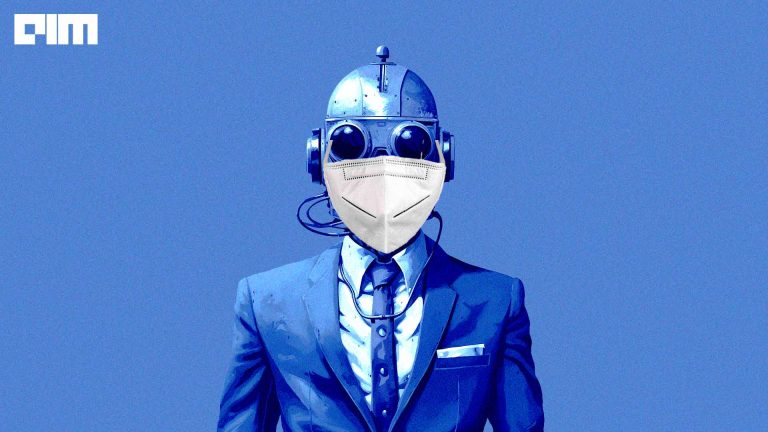Is there a gap between artificial intelligence research and applied artificial intelligence? Is artificial intelligence research difficult to commercialise? ‘Strong AI research’, ‘weak AI industry’ or perhaps a ‘disconnect from the industry’ are terms frequently ascribed to the AI research community. Now, certain deep learning techniques such as reinforcement learning, RNN, CNNs, LSTMs have become the de facto industry standard behind mainstreaming AI applications such as speech recognition, computer vision and natural language processing. According to reports, even though AI research has helped big tech firms such as Google, Facebook and Microsoft, it hasn’t yet evolved into a successful formula for innovation for smaller firms. Not all the research that comes out of R&D labs can be productionised. Moreover, Tier I leadership teams grapple with drawing a line between R&D efforts and commercialising them.
Industry Research Geared Towards Commercialising AI
However, numerous surveys and reports indicate that the broader appeal of AI has improved along with the adoption of AI. According to a report by IDC, worldwide spending on AI is estimated to grow to $47 billion by 2020 — at 55.1 percent compound annual growth. Most enterprise surveys cite CIOs foreseeing AI making a sizable impact on IT, BPM and customer facing activities. Despite the high expectations, we are yet to see the result in terms of offerings and return on investments.
A key facet to understanding AI is that spending is dominated by a few big tech firms and chip makers. These companies — Google, Amazon, Facebook, IBM, Apple and Microsoft, among others — are also leading the open source revolution, with open source tools and frameworks. Therefore, startups which are competing with major players in building proprietary tech have a tough time in validating and benchmarking their technology in terms of accuracy.
So far, Google Brain (now Google AI), is recognised as a top-notch research institution and has the maximum academic collaborations with Stanford, OpenAI, Berkeley, Deepmind, Google X and their internal product teams. Google’s open source culture of sharing research and breakthroughs serves as a great recruiting tool for the Mountain View-based giant, besides advancing R&D efforts. It is also viewed as a move to strengthen developer base and lend great competitive advantage to the company.
Industry research is usually geared towards building innovation which can spin off into market. “Google has put in significant amount of background work in building infrastructure like TensorFlow and the Tensor Processing Unit hardware. But much of their research is focused on applications and product development rather than long-term AI research,” he noted adding that a lot of Google researchers are now working in OpenAI and FAIR. For example, IBM and Intel have committed to a long term research roadmap to AI and aren’t just focused on building specialised tech purely for their products.
How To Bridge The Gap Between Applied AI And Research
Applied AI can lead the transformation in business problems and can creates business value.
The benefits of applied AI are seen in different ways:
- Improving product and service quality
- Creating entirely new experiences or enhancing existing ones
- Applying and scaling human learning and experiences
Even though universities are on a frontline in addressing key research and development in AI, not all of their research can be commercialised. They face several challenges in terms of funding, talent, regulation and engineering, especially in self-driving technology which is fraught with regulatory challenges.
For example, a Stanford blog notes that researchers all over the institute are working on building a driverless future, exploring autonomous technologies and are testing custom autonomous cars. The Stanford research page indicates that the next generation of scientists and researchers are sharpening their skills to work in the area. So are researchers at CMU. But driverless cars still have a lot of miles to cover before getting mainstreamed.
In terms of other challenges, universities suffer from a lack of talent since big tech firms are knowing for poaching top notch talent that is yet to finish their postdoctoral degree. While universities are a great way to keep a grip on poaching excellent AI talent, they are also under immense pressure to keep cranking out additional courses to reduce the gap between industry and academia. At the moment, the demand for AI talent from industry is clearly outstripping the supply.
Academic institutions are pushing out cutting-edge research and publications. Also, researchers demand academic freedom and visibility, which is hard to gain in industry settings. For example, Apple is panned for its closed source culture where much of their research is kept under the wraps. This also acts as a deterrent in hiring the best AI talent as researchers like to publish their work. Also, institutions are not able to offer attractive salaries — one of the best tricks used by big tech firms to lure academic talent.



















































































